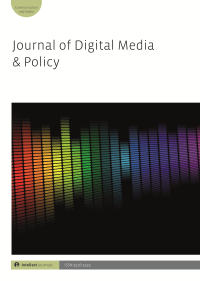
Full text loading...

The concept of media welfare state is a combination of the democratic corporatist media system and social democratic welfare state model, describing the distinctiveness of the Nordic countries and their media systems with four basic principles. Media welfare state is based on communication services understood as public goods, freedom from editorial interference, cultural policy and economic support for media pluralism as well as preference for consensual solutions involving cooperation between main stakeholders. However, identifying a joint media welfare state model in recent media and communication policy decisions made in Nordic countries on developing communication infrastructures, media delivery and universal access turns out to be difficult. During the last three decades, none of the four largest Nordic countries has strictly followed all the four principles. In most cases, Finland has ended up with different solutions than its Nordic neighbours and sometimes also in contradiction with the Media Welfare State model. There is evidence that the Nordic media markets have been losing their distinguishability over the years. But the main reason why the present-day Nordic countries do not fit into media welfare state model is that they no longer are welfare states – not at least in the same fashion as they used to be. In Finland, this transition from the welfare state to the competition state has been more rapid and extensive than elsewhere in the Nordic region, partly because of its geopolitical position. The Finnish economy has also been exceptionally dependent on a single mobile technology corporation.

Article metrics loading...

Full text loading...
References


Publication Date:
https://doi.org/10.1386/jdmp_00020_1 Published content will be available immediately after check-out or when it is released in case of a pre-order. Please make sure to be logged in to see all available purchase options.